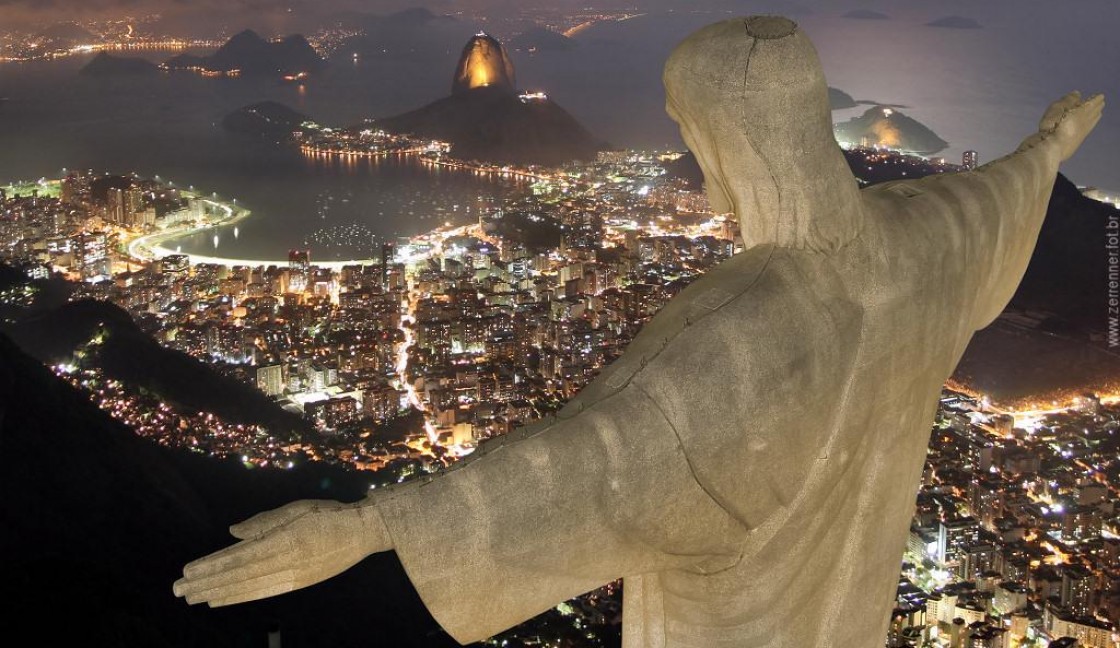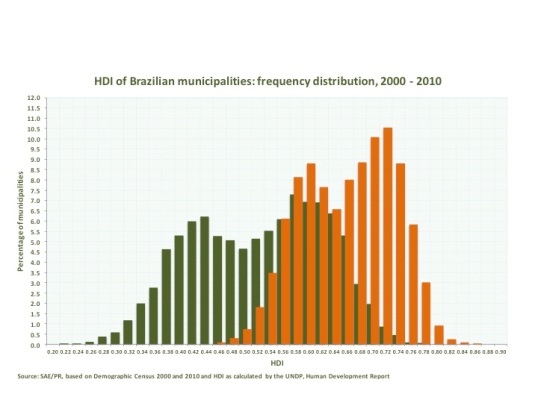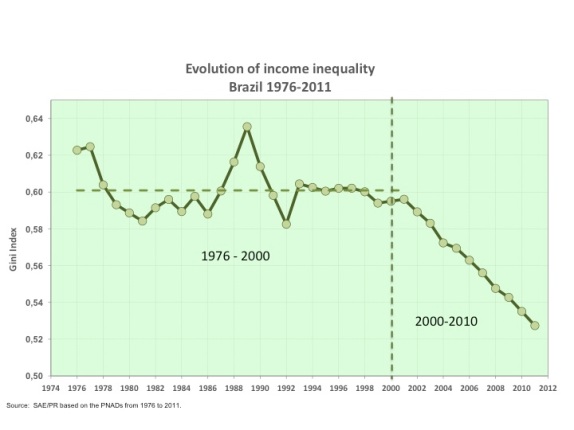That’s a lot of internet chatter about Education in Brazil now…
Brazilian Educational Information
Information about the Brazilian Education System
Understanding Brazil Education System
History of Brazilian Education System
The Ministry of Education was created in 1930, shortly after Getúlio Vargas started to command the Country. Named as Ministry of Education and Public Health, the institution developed the various relevant ministries, such as health, sport, education and environment activities. Until then, matters pertaining to education were treated by the National Department of Education, under the Ministry of Justice.
In 1932, a group of concerned intellectuals in elaborating a comprehensive and integrated educational policy launches the Manifesto of the New Education Pioneers, written by Fernando de Azevedo and signed by other educators conceptualized. The manifesto proposed that the state organize a general education plan and define the banner of a whole school system, public, secular, compulsory and free. At that time, the Church competed with the State as the institution responsible for education.
In 1934, the new Federal Constitution stated that that education is a right for all, and must be provided by family and authorities. From 1934 to 1945, the Minister of Education and Public Health, promoted a marked managed by the reform of secondary and university teaching. At that time, Brazil has began the foundations of national education.
In1953, the Ministry of Education and Health was subsituted by the Ministry of Education and Culture, with the acronym MEC, and the autonomy given to the Health separetedly.
The Brazilian educational system was until 1960 a centralized model followed by all states and municipalities. With the approval of the first Law of Guidelines and Bases of Education (LDB) in 1961, state and local agencies got more autonomy, decreasing the centralization of MEC. Thirteen years of debate (1948-1961) for the approval of the first LDB were needed. The optional religious education in public schools was one of the biggest points of contention for the approval of the law. The backdrop was the separation of Church and State.
The university reform in 1968, was the great LDB higher education, ensuring didactic, scientific, disciplinary, administrative and financial autonomy to universities. The reform was an advance in Brazilian higher education, to establish a single organizational model for public and private universities.
In 1971, Brazil faced a new LDB. Education becomes compulsory from childron from seven to fourteen years old. The text also provides a common curriculum for primary and secondary schools and a diverse part due to regional differences.
In 1985, the Ministry of Culture is created. In 1992, a federal law transformed the MEC in the Ministry of Education and Sports, and only in 1995, the institution shall be responsible only for the Education.
A new reform to education was implemented in 1996. This is the latest LDB, which brought several changes to the previous law, the inclusion of early childhood education (daycare and preschool). Proper training of basic education has been prioritized with a specific chapter to discuss the topic.
Also in 1996, the Ministry of Education created the Fund for the Maintenance and Development of Fundamental Education and Valorization of Teachers (Fundef) to attend the elementary school. Resources for Fundef revenue came from taxes and transfers from the states, the Federal District and the municipalities tied to education. Fundef lasted until 2006, when it was replaced by the Fund for the Maintenance and Development of Basic Education and Enhancement of Education Professionals (Fundeb). Now, the entire basic education, kindergarten to high school, going to be benefited with federal funds. A commitment of the Union to basic education, which will last until 2020.
Is this career of nearly 80 years, the Ministry of Education seeks to promote quality education. With the launch of the Education Development Plan (EDP) in 2007, MEC reinforces a systemic view of education, integrated actions with and without spaces and financing disputes. According to EDP, investing in basic education means investing in vocational education and higher education.
Source: MEC website: http://portal.mec.gov.br/index.php?option=com_content&view=article&id=2&Itemid=1164
The Political Force of Teachers Union
In 1998, Brazil created FUNDEF (Fund for Maintenance and Development of the Fundamental Education and Valorization of Teaching) to reform the funding of education in Brazil. It was established to make sure that money mandated by the constitution is actually spent on education and to establish a per student spending floor for the whole country. The policy mandated redistribution of funds within states across municipalities, so that all municipalities could reach the per student spending requirement. Additionally, federal government then supplemented spending in states and municipalities that could not afford the national spending floor. Finally, FUNDEF required that 60% of spending go towards teacher salaries and 40% go towards school operations.
That’s an interesting percentage distribution.
There is a large organization in Brazil called CNTE (National Confederation of Education Workers) which claims abaout 700,00 members and includes teachers’ organizations from all levels of the education system from the country’s states. The CNTE includes teachers’ unions from both primary and secondary public schooling.
The unionization statrted in 1930 and between 1998 and 2003, there were 117 protest movements. The main complaints were about primary teachers’ career development, wages and bonus for full-time teacher.
SOURCE: International Institute for Educational Planning http://www.unesco.or/ilep
Education Overview in Brazil
In Brazil, primary education comes mainly under municipal authority. There are almost 5,000 municipal education secretariats, which are autonomous to except in the passing of legislation, setting the number of periods in the school week and determining course content. Secondary education is under the authority of 27 states education secretariats.
190.706 schools
| Day Care Centers | 2.730.119 students | |
| PreSchool | 4.860.481 students | |
| Elementary School | 15 764 926 students | |
| Middle School | 13 304 355 students | |
| High School | 8.622.791 students | |
| Adults Learning | 3.772.670 students | |
| Special Education | 194.421 students | |
Current Status (percentage of enrollment in appropriate age):
. Preschool : 82.2 %
. Elementary school : 93.8 %
. High school : 81.2 %
Value of investment by 2024 : R$ 115.9 billion
. appropriate learning in Reading : 44.5 %
. appropriate learning in Mathematics : 33.3 %
. Current Rating: 5
. GOAL: 6End years of elementary school :
. Current Rating: 4.1
. GOAL : 5.5High school:
. Current Rating: 3.7
. GOAL : 5.24 – Teacher AppreciationFive goals ( 13 , 15 , 16 , 17 and 18 ) deal with the expansion of teacher training and wage enhancement category . The number of goals for these two topics is, in the opinion of Claudio Moura Castro, education specialist, excessive. “Clearly this situation was created by organ of union pressure.”
By predefined values, teacher appreciation will cost 110 billion dollars , value of investment expected to 2024.
Average salary of a teacher :
. Current : R$ 1,697.22
. Goal : R$ 3,652
5 – Investment in education
The goal 20, the main target of criticism early in the course of the PNE in Congress, states that by 2024 investment in education is the equivalent of 10 % of GDP per year. Currently , the amount invested in the sector is 5.3 % .
Source: http://www.senado.gov.br/noticias/agencia/quadros/qd_507.html[/embed]
**Interesting Success Case in Brazil**



